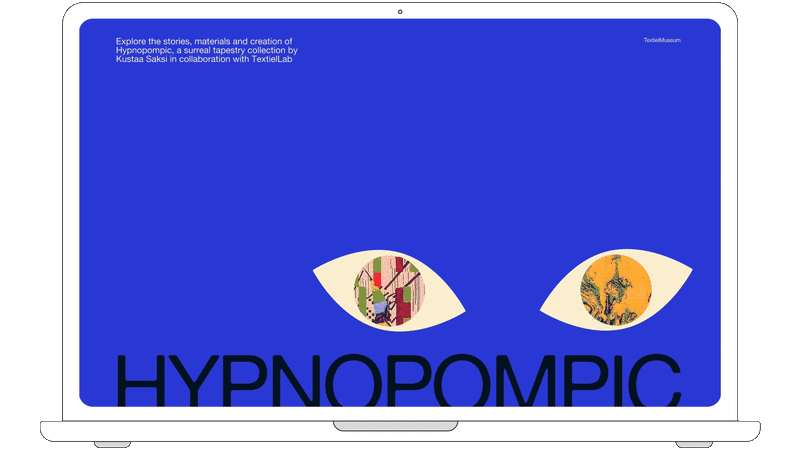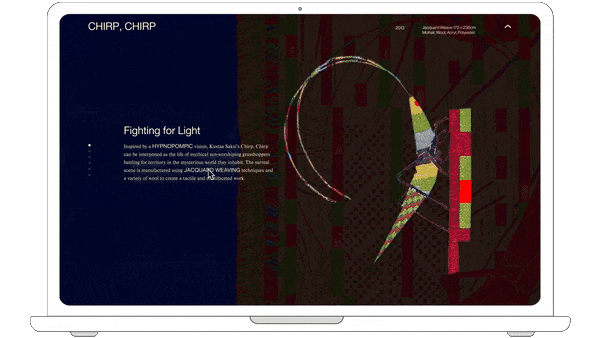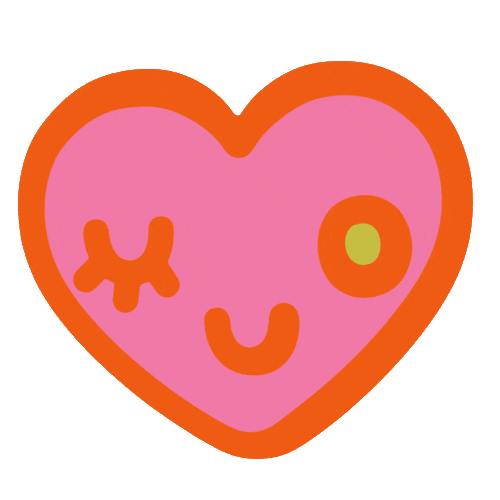©2024
Between Dreams and Reality (2022)
Graphic and interaction design course project conveying textile exhibition narrative and process through cohesive physical assets and website.
What I did
principle visual designer, content strategist, and project coordinator (team of 5).
Outcome
Unified aesthetic and thematic experience across multimodal touchpoints showcasing textile art exhibition narrative and creation process.
What I learned
how to present (sell) design work, justify design decisions, and increase creativity using research-based design approach.

Why did I lose years of my life to this?
This project was centered around learning art direction and interaction design and creating a graphic visual identity to iterate into a microsite prototype for a cultural arts client. Our microsite accompanies an art exhibition of tapestries telling the story of dreamlike hallucinations experienced by the artist. The site walks users through the narrative, materials, and processes used to create the tapestries, enhancing understanding and appreciation while conveying their eerie and surreal themes. The full tapestries are never shown, opting instead for close-ups of tapestry details, encouraging viewers to visit the exhibition to see the works in full.
Research first to expand our minds
The project began by studying the work of precedent designers to extract guiding design qualities. These were applied in three weeks of graphic exploration, where concepts were explored extensively, before being refined into three distinct art direction strategies expressed as posters and graphic assets. The work of precedents influenced our semantic and practical approach and encouraged us to expand our exploration beyond design software, for example using photography and a scanner to abstract type and imagery.
Diverge diverge DIVERGE
Creating the visual identities involved pushing boundaries of legibility and structure, which initially came at the cost of cohesion. A challenge was maintaining an exploratory approach while retaining underlying design principles. To ensure the work had intention, the tapestry imagery and narrative became the driving force of the project, with all visuals aiming to abstract and enhance their meanings. This facilitated meaningful exploration in a narrowed design domain and led refinement of graphic explorations into distinct art direction strategies with specific identity goals.
Converge???????
text placeholder :P

Diverge again ???! (shocking and unexpected)
text placeholder :P
What do you mean we have to actually finish the project?
text placeholder :P
Takeaways
This project taught me that good design is digestible expression of deep domain
understanding.
The details are the design, and the design is the
presentation. Weekly presentations sharing project progress for critique taught
me that ideas are only as valuable as your ability to sell them. As the main content
strategist, I created the narrative and slides each week to present our process as a
compelling story.
You should be able to justify every design decision. In
weekly critique, it became clear that nothing could be done "just because." This led to
considering design decisions more holistically, drawing on domain and client knowledge, to
ensure all decisions were grounded.
Don't design in your head. Each project is an opportunity
to learn as much as possible about a domain, through secondary research on history and
context, and about visual design, by referencing existing patterns, and studying work of
designers across industries.
Presented final design direction process and identity at SFU Undergraduate Conference 2023.

